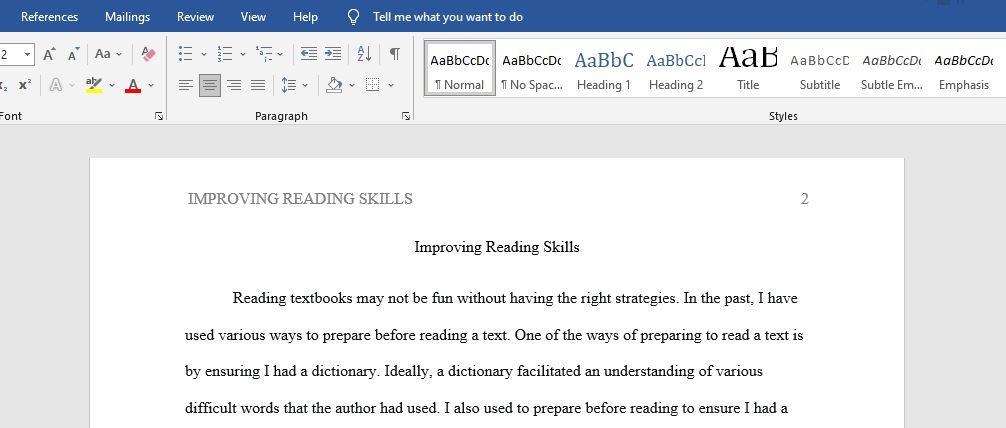Think about your own reading and how it can improve.
Strategies for Reading Critically
Pre-reading
- Preparation: You will need a pencil or other writing utensil to underline, make notes, jot questions, and otherwise mark up your reading material; a dictionary to look up unfamiliar words; highlighters and/or sticky notes for marking your book. If you use sticky notes, you will also need a notebook to record your annotations or notes.
- Personal Expectations: Have you heard something about the text or its author? Has a classmate or a friend told you something about it? Have you seen a film or TV show related to it? What are your preconceptions of the text? Have you already read it before? If so, what was your experience with it?
- Context: What does the title lead you to expect? What is its genre?
Reading
- What doesn’t make sense? Note any word or passage you don’t understand, any choice by the author you are uncertain about.
- What is unexpected? Note striking or puzzling images, descriptions, words, and phrases.
- What forms a pattern? Note words, images, settings, and events that appear more than once, or seem to be related.
- How are you reacting to it? Be aware of when you find your mind wandering, when you find yourself getting exasperated, when you find yourself suddenly interested in a way you weren’t a minute before, when you find what you are reading utterly baffling.
Processing
- Look up everything. Answer factual questions or problems of comprehension that arose during your reading and were not resolved by further reading. *Your fellow students or myself can also answer these questions during Class Discussion.
- Process your initial reactions into reflection on your reading. What is the text doing at a particular moment to meet, change, or disrupt your expectations?
- Reread. Look for questions to discuss in class and further examples of patterns and issues you have observed in the text.
Techniques for Active Reading, or Options For What I Should be Writing Down
- Underline or highlight key words and phrases
- Make annotations in the margin to summarize points, raise questions, challenge what you’ve read, jot down examples.
- Read critically by asking questions of the text.
- Who wrote it? When? Who is the intended audience? Does it link with other material you’ve studied? Why do you think it was written? It is an excerpt from a longer piece of text?
STEP 2: THINK ABOUT YOUR OWN READING AND HOW IT CAN IMPROVE.
In at least 250 words,
- Explain the ways you have prepared to read for school in the past. Have you used any particular reading strategies? What would you do if you did not understand something? Would you re-read?
- Describe which of the strategies and ideas from above stood out to you? Would would you consider implementing as you read?
- Describe the relationship between reading and writing.
- Argue why it’s important for students to complete the assigned reading.
Answer preview:

word limit:420
